Fuel cell systems are also of great interest for use in drones due to their higher range compared to pure battery systems. For several years, research and development has been carried out in this field of aeronautical engineering, whereby the focus is not always on playful activities.
The first products of Horizon Fuel Cells, founded in 2003, were used in drones at NASA in 2006. Under the leadership of Taras Wankewycz, Horizon developed into HES (2009) in the following years, which was transferred to the H3 Dynamics Group in 2015. In this way, Horizon, long known for its teaching and demonstration materials as well as its model cars, became more and more a company for drones and remote-controlled robots with its own product line.
The Singapore-based company HES Energy Systems showed more than ten years ago that drones with fuel cells are far more flexible than those with accumulators. Asians put the weight advantage at a factor of ten, which makes it possible to produce ultra-light aircraft with a long range and a long operating time.
According to H3 Dynamics, the industry leader for energy storage, advanced robotics and real-time analytics, it is no longer only active in unmanned aviation, but also in manned aviation (see also p. 43). The expansion of this work led to the launch in France in autumn 2018 of a new programme for hydrogen-powered passenger aircraft and also for the development of a corresponding infrastructure. The objective is to establish long-haul aircraft powered by zero-emission fuel.
H3, which is financed by the Toyota Mirai Creation Fund Japan, among others, opened its European headquarters in Paris in 2018 and started cooperation with the French companies Delair, a manufacturer of unmanned aerial vehicles, and Ergosup, a manufacturer of zinc-based H2 production facilities. The origins of these partnerships can be traced back to a French support programme for the implementation of hydrogen technologies at Toulouse Airport.
It all started with model cars
The idea of using several tank cartridges to operate flying objects is ultimately based on the 2010 MiniPak, a charger for mobile phones that was supplied with hydrogen generated by electrolysis via a HydroStick (H2-international issue Oct. 2011). The concept was the same then as it is today – only today it is bigger and intended for airplanes instead of mobile phones. The former HydroSticks are now being replaced by so-called Aeropak modules for energy storage. Taras Wankewycz, Managing Director of HES and H3 Dynamics, explained: “Starting with smaller aircraft, it’s easier to realise larger visions faster.” Its objective is to establish a continental network of H2 filling stations for various autonomous long-range electric aircraft (see cover). “This is an important step with an exciting objective: emission-free mobility in aviation,” says Wankewycz.
…
read more in H2-international October 2019



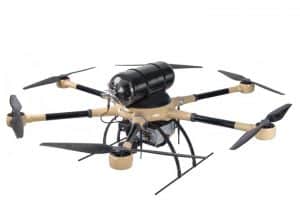

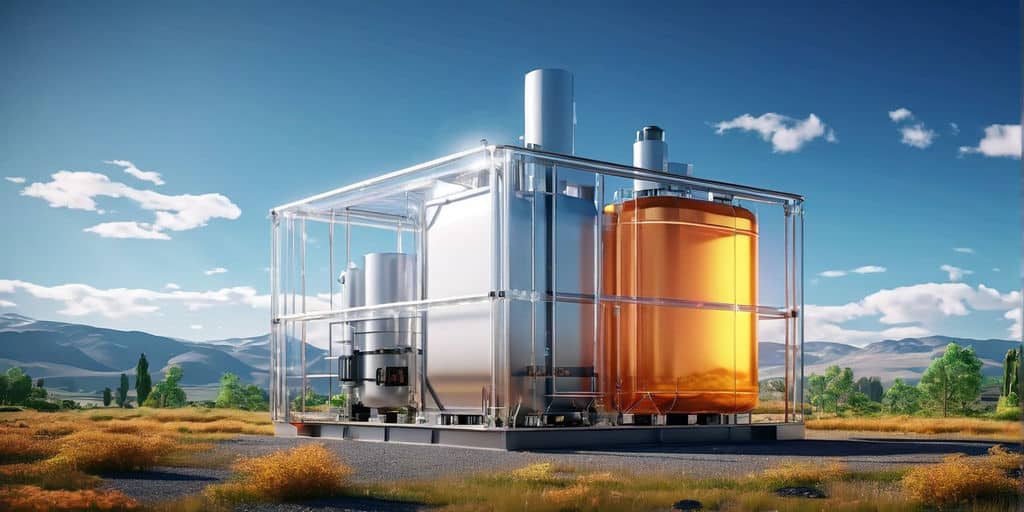

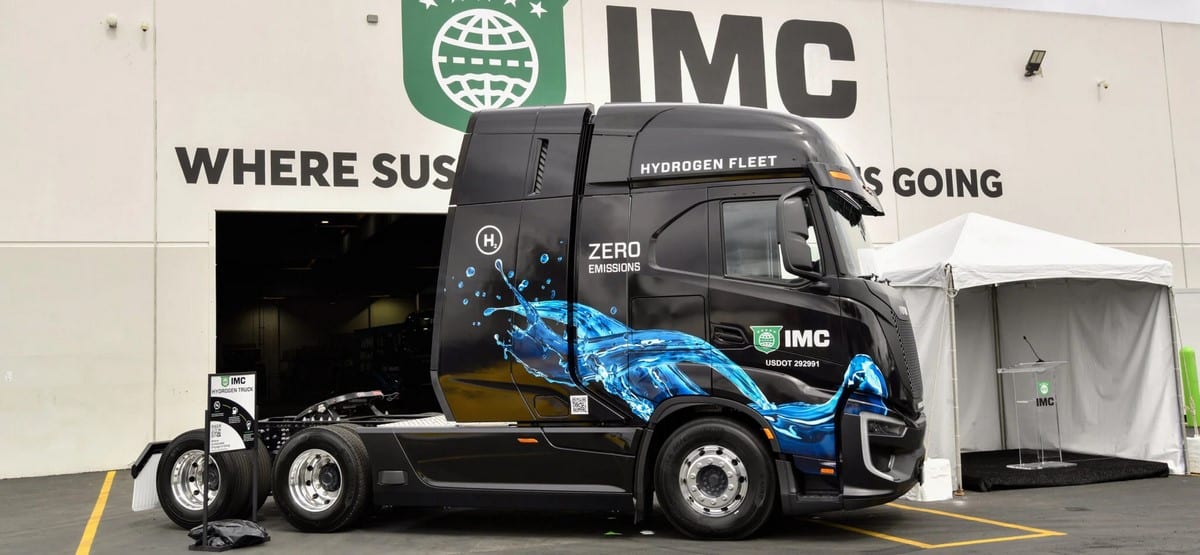
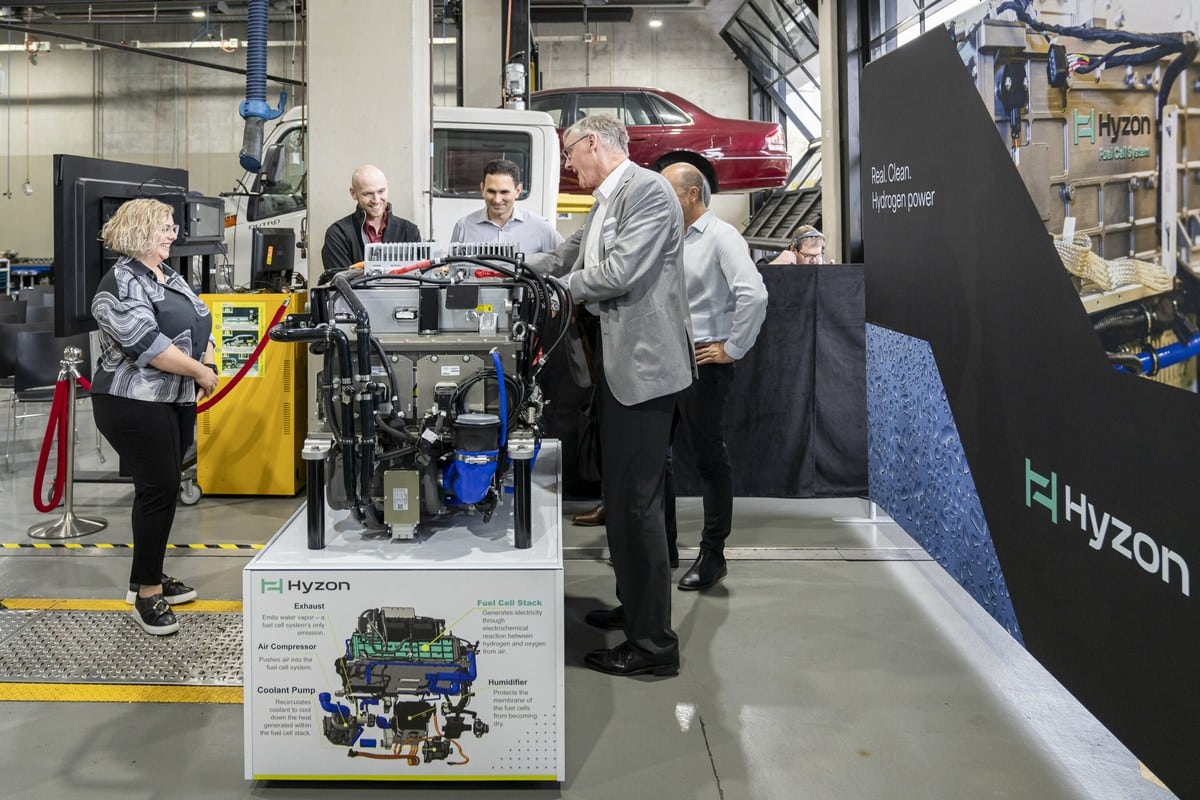
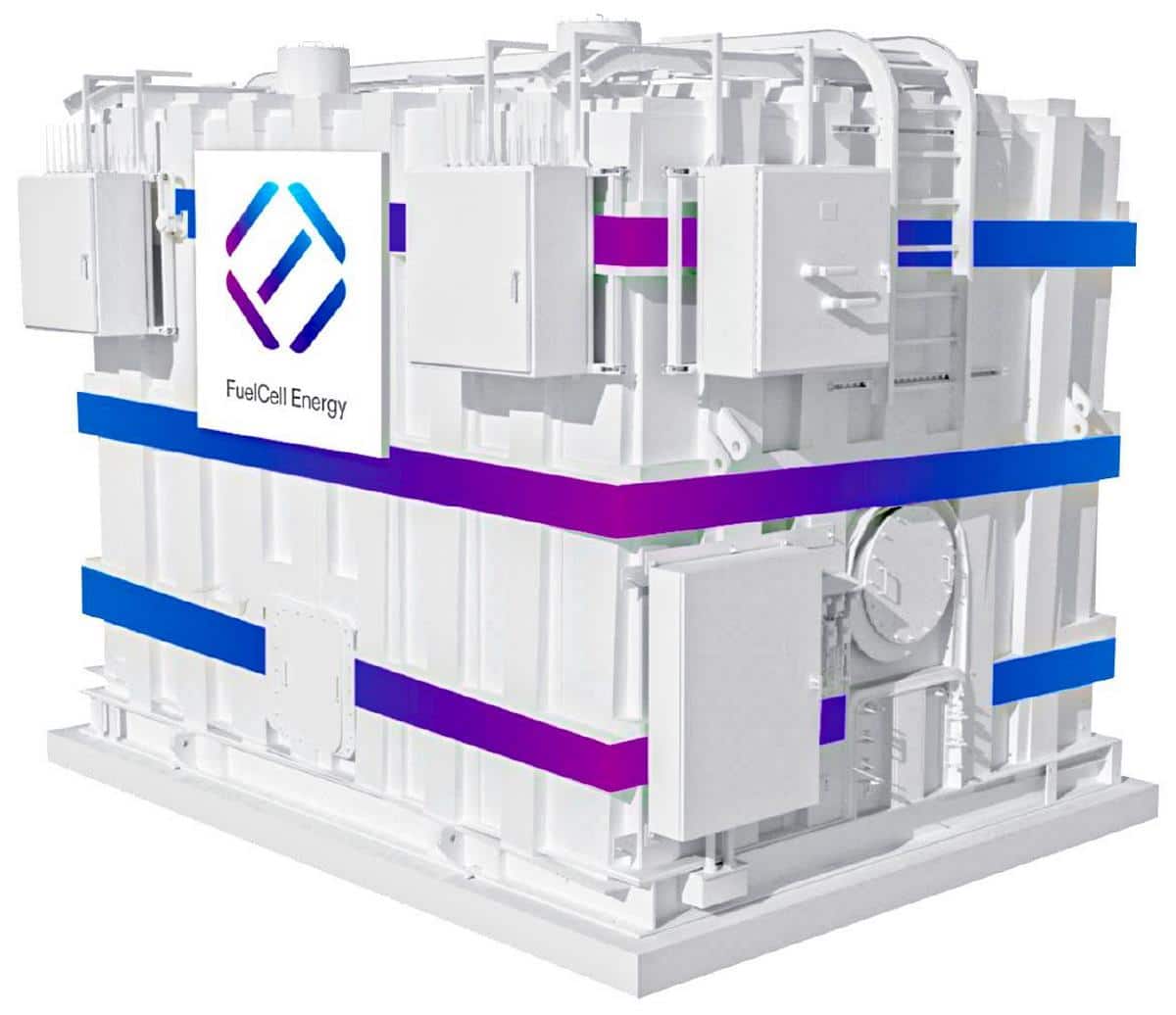
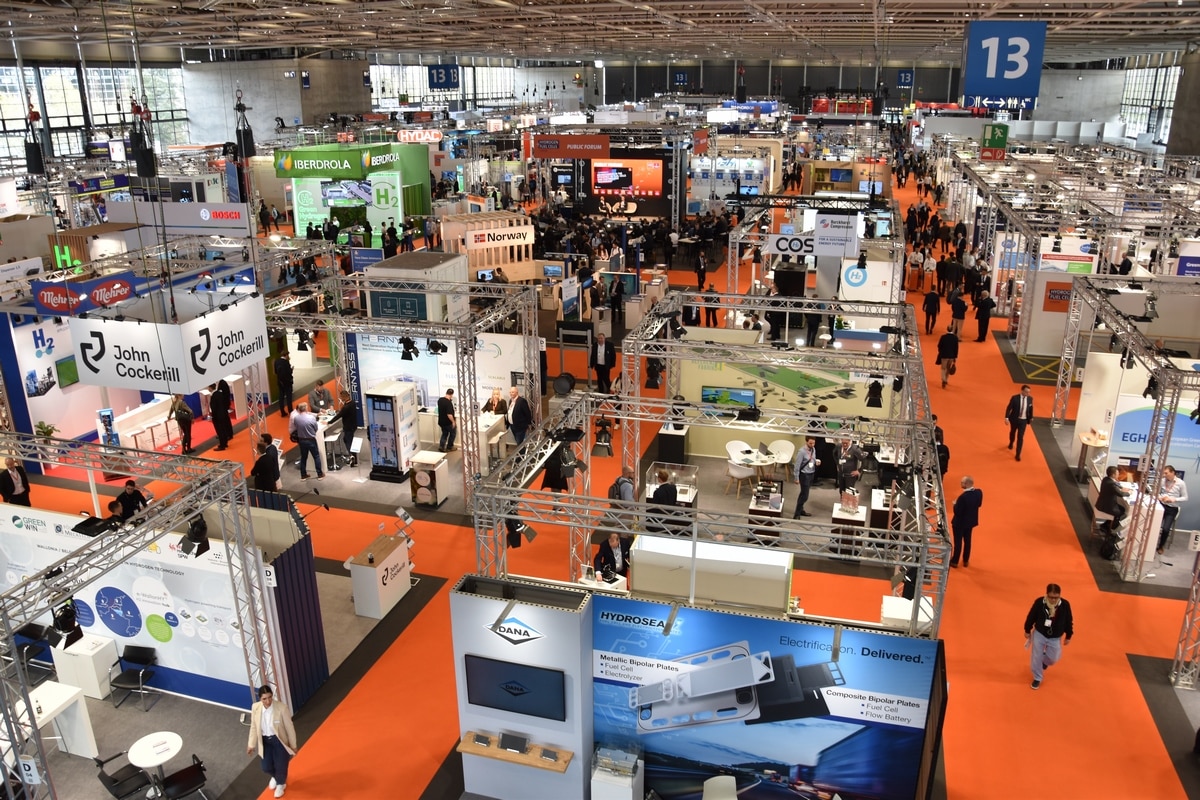

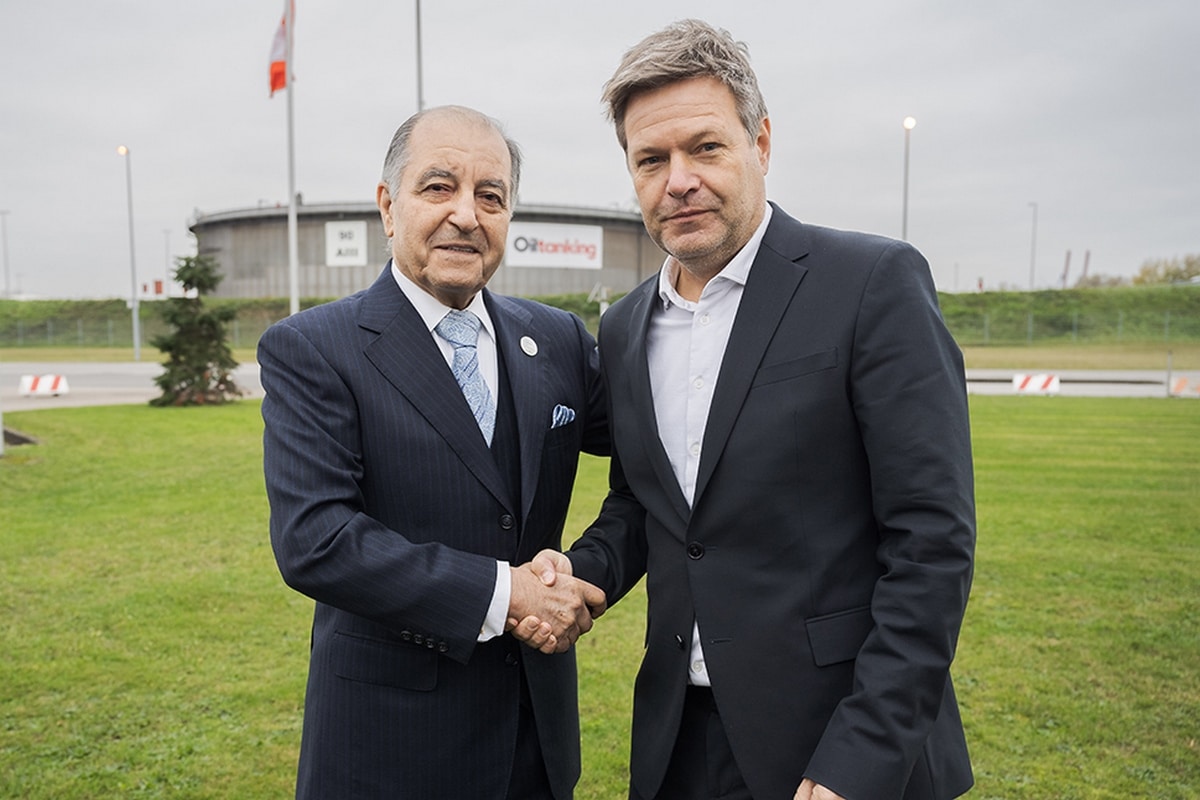
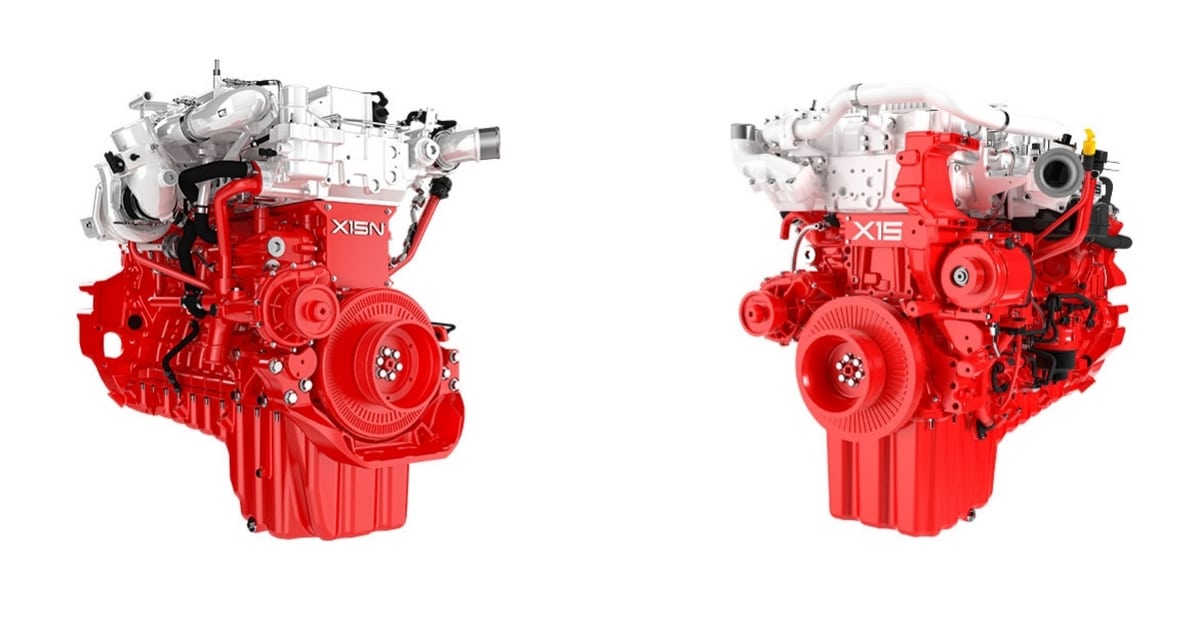
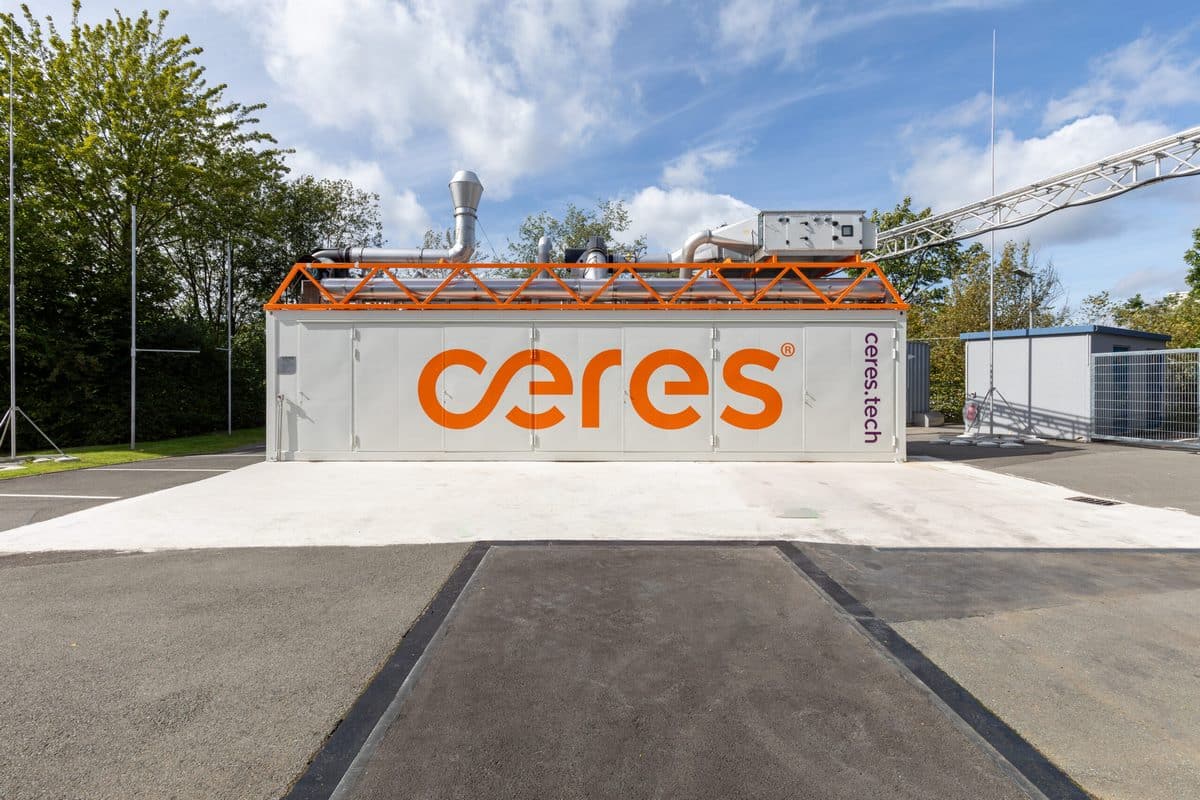

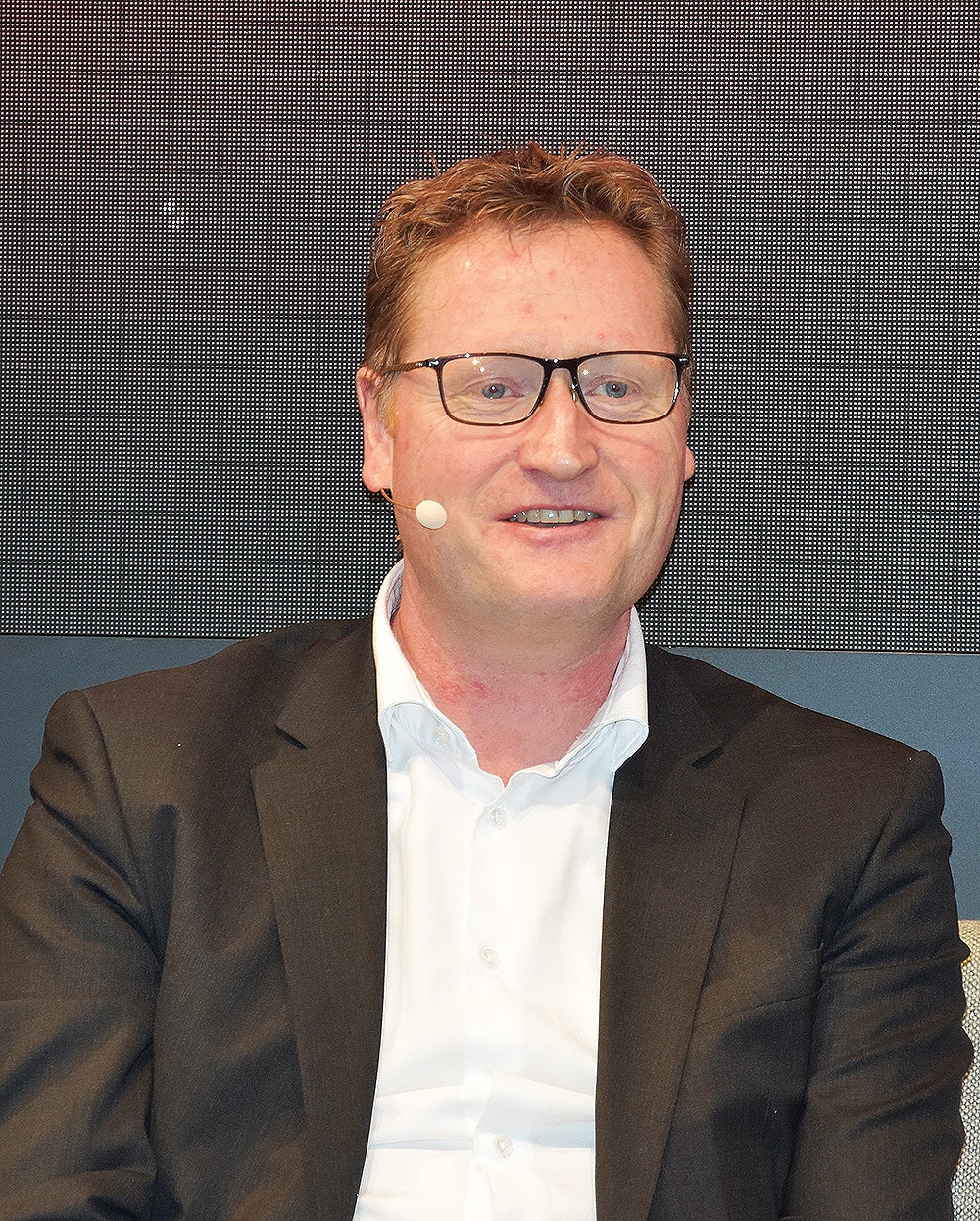


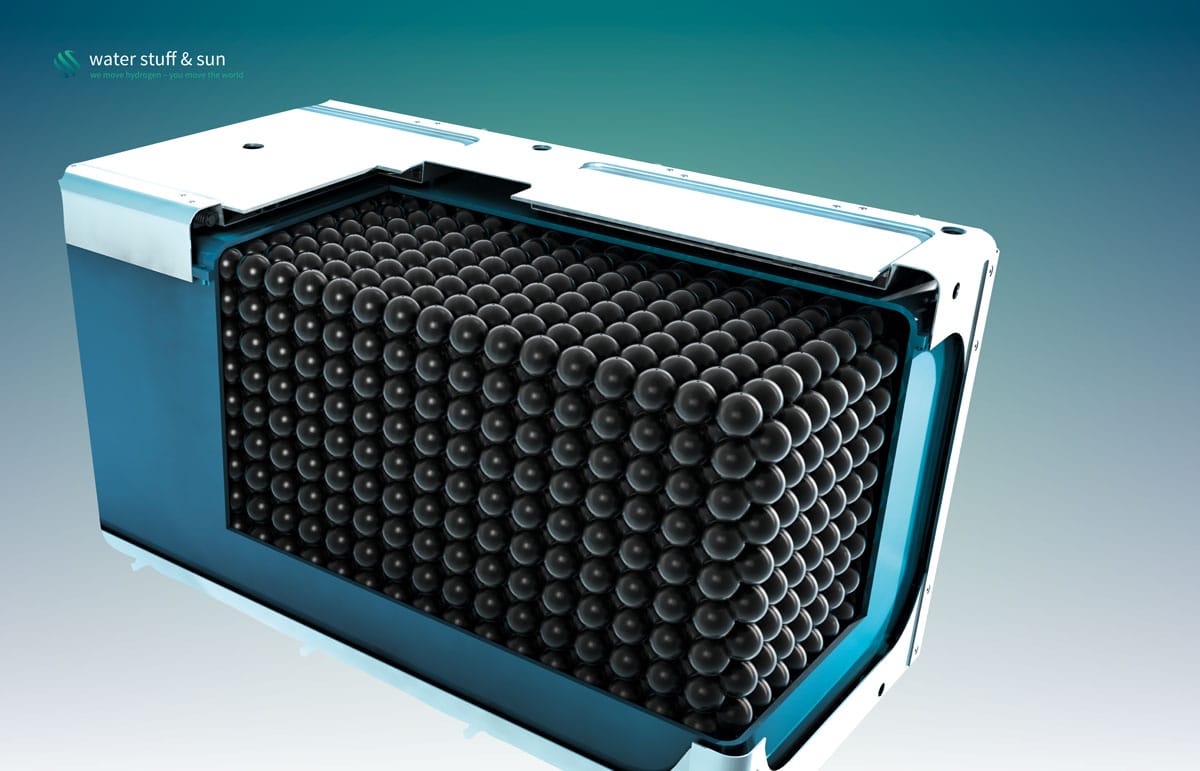

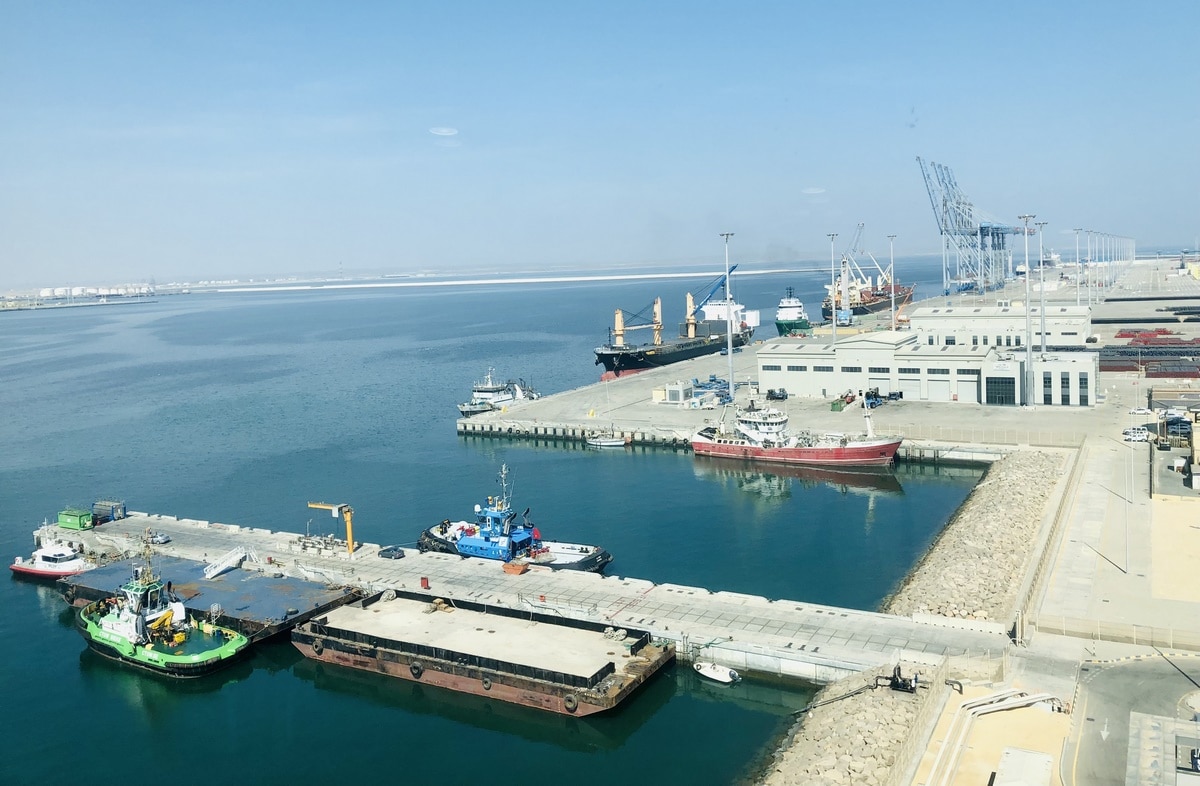

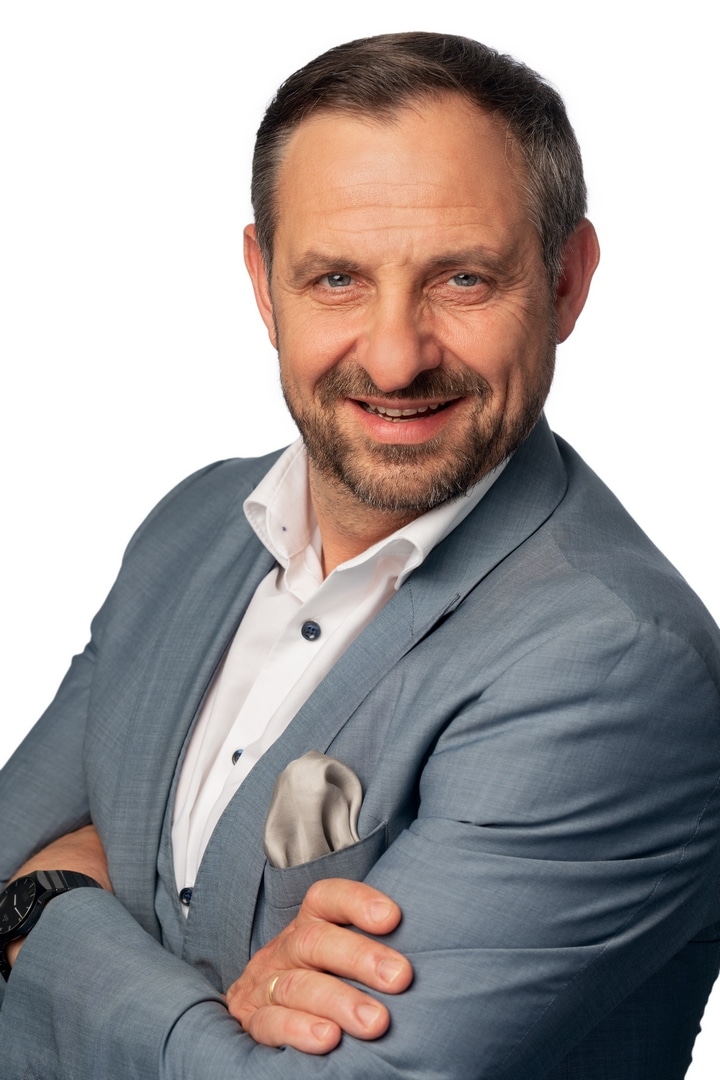
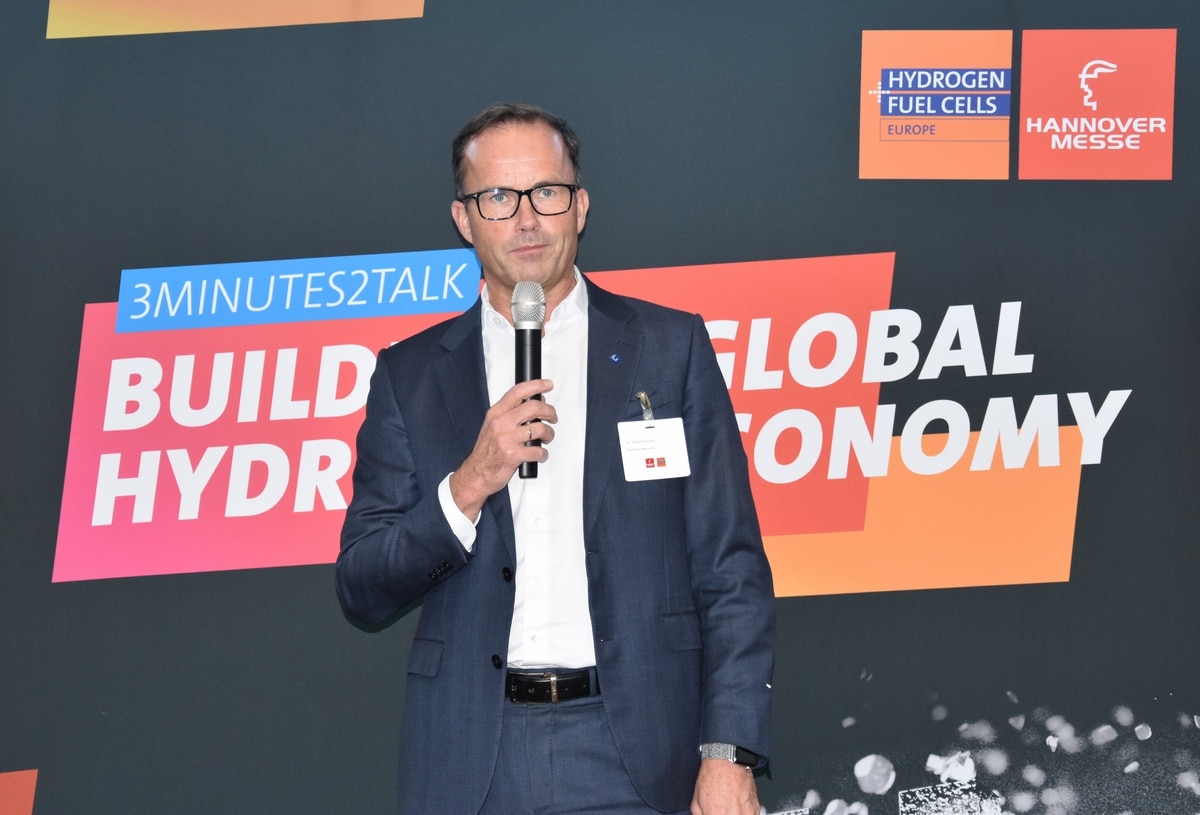
0 Comments